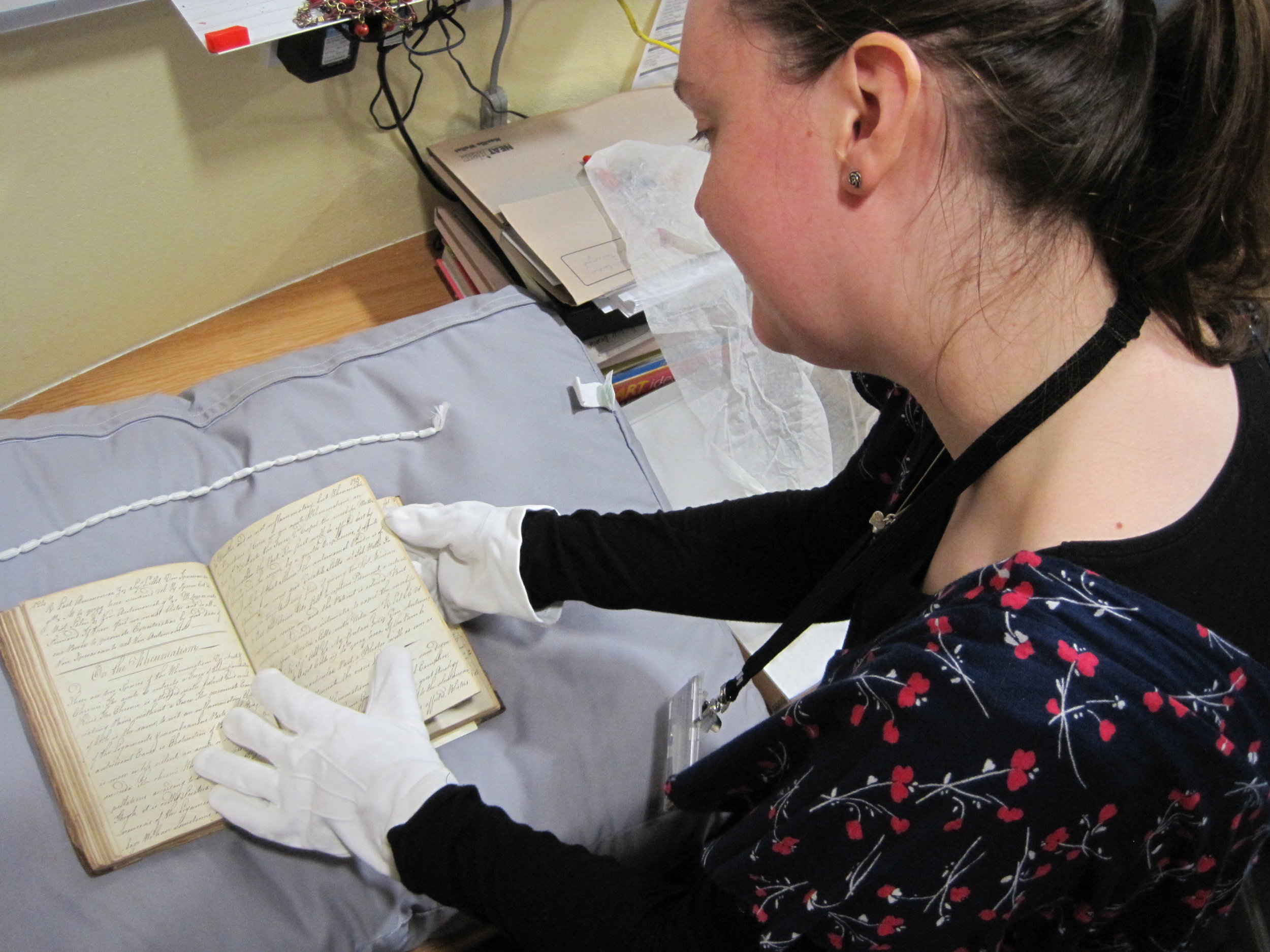My name is Jack Morris and I have been working at The Infirmary Museum for my Year 10 Work Experience, It has been very exciting to have worked in such a great museum; I have been very interested in learning the museum's great history and hope to learn more in the future.
New donation of laparoscopy machine to George Marshall Medical Museum
Laparoscopy machine on loan from NHS Worcestershire on whhich first keyhole surgery was done in 1990
A topic that I would like to discuss about today is that of Laparoscopy, also known as Keyhole surgery, as the first keyhole surgery in Worcester took place on the 21st September 1990 at Worcester Royal Infirmary, 12 years before I was born! It's very interesting learning of this type of surgery as it shows yet more on the evolution of surgery, such as shorter recovery times due to the smaller incision needed to be cut into the body, meaning the patient doesn’t need to grow back as much tissue as in an open surgery that has a larger incision.
Also, recently, due to a generous donation, a laparoscopy machine has come into the possession of the George Marshall Medical Museum, which is a slightly newer model than the one possessed by The Infirmary Museum but can still be used to show the evolution of medicine through time and how it has progressed to make such operations more effective and safe. These Laparoscopy machines are usually used for procedures such as gynaecology (treatment of the female reproductive system), gastroenterology (treating conditions in the digestive system), and urology (treating conditions in the urinary system). Surgeons use these machines along with general anaesthetic, they cut small holes usually near the belly button and use a laparoscope to view the inside of the body to either treat an illness or to identify one such as cancer in the liver, pancreas, ovaries etc., along side a pair of forceps to treat said illnesses, more information about Laparoscopy can be found at https://www.nhs.uk/conditions/laparoscopy/.
Another useful part about Laparoscopy is that due to the small incisions that will be blocked up with the forcep and laparoscope they can pump the abdomen full of gas so that it can increase visibility within the abdomen and decrease the chance of then hitting or scraping any other organs within the abdomen, however it does give the patient a bloated belly as a side effect for the couple of hours after the surgery as well as cramps and shoulder pains as it can irritate the diaphragm with will then lead to this irritating the nerve endings in the shoulders.
Also, after the procedure has been completed the recovery time is far shorter than standard surgery but it depends on the type of surgery. As a minor surgery such as appendix removal has a recovery time of roughly 2 weeks where as more major surgeries such as the removal of ovaries or kidneys due to cancer has a recovery time of up to 12 weeks. And a more recent development in the evolution of the surgery is the use of Robotic-assisted Laparoscopy, A doctor will use a pair of robotic limbs to have an increased amount of precision and manoeuvrability as well as producing a larger higher quality 3D image for the surgeons to use.
And if laparoscopy interests you then you can use the laparoscopy machine inside of The Infirmary Museum and experience what it is like to carry out a laparoscopic procedure, or you could come to the Surgeon’s Circus on the 30th July to the 2nd August - 10am to 2pm - and try to do other things with a pair of forceps. Like guiding a small rubber ring around a wire or placing small balls onto little poles, to practise your surgery skills. Fun for all the family, book your free place at www.bit.ly/TheInfirmaryTickets
It has been a great place to be working and the history behind this building is fascinating, and the fun and exciting events that are put on here express all the history of this building that many people were born and/or treated in. It is a great museum with an abundance of history, that I feel everyone should experience.
Jack Morris
Year 10 student, Droitwich Spa High School









